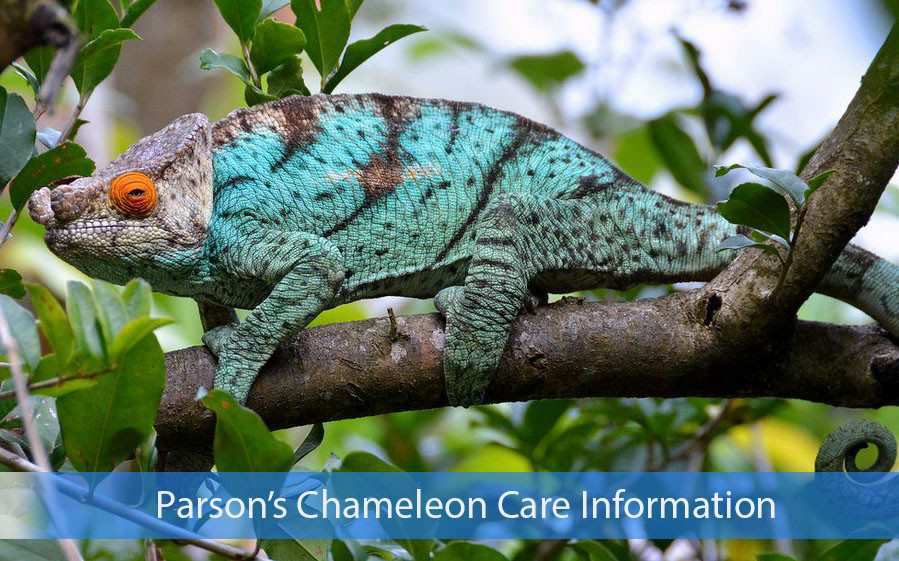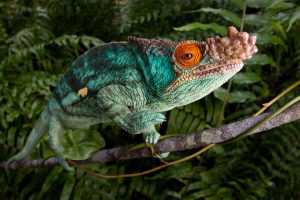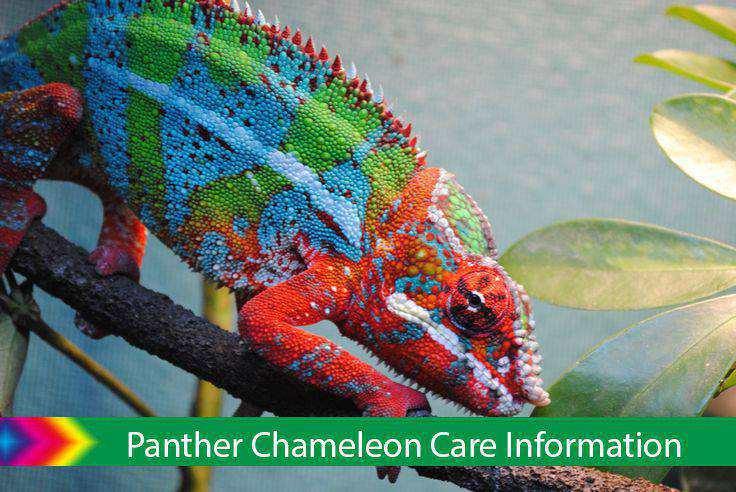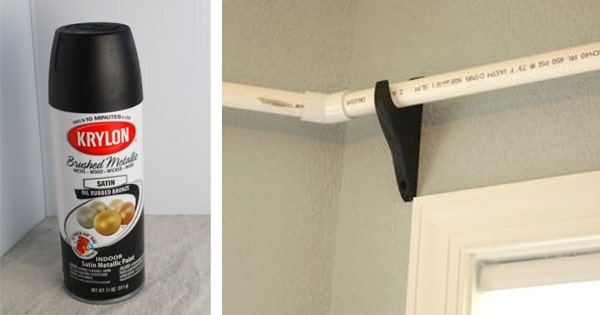Continue to dig deep into our article about Parson’s Chameleon, which surprised us with its fantastic colours from Madagascar.
Parson’s Chameleon needs a large terrarium due to their size. An area of at least 150×80 * 150h cm is required for a single adult, whereas a larger area is required, suitable for the couple or group. All branches and other materials must be securely fastened (cable ties, screws, etc.) so that really heavy animals do not have an accident. Unlike most other types of chameleons, Parson’s Chameleon does not climb the background or mosquito nets. Therefore, a large floor area and a carefully arranged floor are important. [Translator’s note: From the “careful arrangement of the ground,” it may be that the chameleon descending to the ground deliberately cannot climb into the background and mosquito nets, so it must have low branches to go up again.]
Calumma parsonii are predominantly rainforest inhabitants and their terrariums must be laid accordingly. These large chameleons need frequent vegetation with small sunbathing areas in the upper third.
The air flow in the terrarium should be balanced, that is, there should be adequate air circulation with a rainforest climate (60-80% humidity during the day). There are different applications for the need for fresh air (as with all chameleons). Personally, I do not prefer very large ventilation surfaces and similar ground ventilation for the Parson’s Chameleon.
For climbing, we use tropical ivy, mushroom oak, common nut and walnut tree branches of different thicknesses. The whole ground is full of various tropical plants (Ficus, Monstera, Hibiscus, Bromelia, Tillandsia, Orchids, Ferns, etc.) and vines (Salon Vine, Ficus pumilum and Passiflora species).
Our ground cover is a mixture of biological germination soil and forest soil covered with live moss and dry leaves. A different fern, carnivorous plants and a ground plant are also present on the left and right.
Together with the small animals in the forest soil, earthworms, various rosary beetles and “springtails” reliably remove residues from the inaccessible edges, they act as ground police.
Feeding as single, double or group:

The Parson’s Chameleons are calm and peaceful giants, and they have a rather poor in-house aggression. As with all chameleons, men cannot endure each other. Reptiles in nature live alone! Therefore, it is recommended that they are treated as one. It is possible if there is sufficient space and frequent vegetation to be taken care of as a group consisting of double or single male and several females. This may eventually make the chameleons feel ready to breed. However, a compartment must be available at any time, for example, to separate animals who are stressed or pregnant.
Lighting for Parson’s Chameleon:
It is best to use UV light (eg Solar Raptor HID) with daylight (HQI, fluorescent lamps, etc.). So you can control the spots independently according to the seasonal simulation described below. Contrary to many reports on the Internet, I cannot confirm that animals flee bright light and dare to go out to the sun only for a short time. If several animals stay in one cage, at least 1 sunbathing area should be allocated per animal. Ideally, the sunbathing areas should be separated from each other by obstacles such as leaf walls so that animals cannot see each other.
Unlike Panther Chameleons in the same regions of Madagascar, Parson’s Chameleons require seasonal simulations. The change in lighting times should be applied slowly, gradually.
Spring: Temperatures 23-25 degrees, night room temperature 20-22 degrees, lighting 12 hours, UV-spots are occasionally turned off
Summer: Temperatures 25-27 degrees, night room temperature 21-23 degrees, lighting 14 hours, UV-spots constantly working

Autumn: Same as Spring
- Winter: Temperatures 20-22 degrees, room temperature drops to 14-18 degrees at night, all heating equipment is turned off, only basic lighting about 8 hours
- Parson’s Chameleon hibernate and rarely move, they accept food 1-2 times a week, but they drink water every day.
- If you keep large reptiles at constant values throughout the year and do not apply proper winter cooling, no mating will occur !!!
- These are the valid temperatures for the “orange eyes” tavern, other locals like an average of 1-2 degrees colder !!!
Moisture:
The living area of Calumma parsonii has high humidity and should be imitated in this terrarium. Although I am not a big fan of automatic rain systems, I have allocated one for this species that I can overcome the great “thirst” of this species with frequent sprinkling. There is 60-80% humidity during the day and almost 100% humidity at night. In order to keep this serious high humidity, it is necessary to find a nice mixture of ventilation and “rain forest climate”. Everything should be dry again, so we keep the sprinkler system closed once a week.
Feeding for Parson’s Chameleons
The Parson’s Chameleons are not selective and accept most suitable sized insects. Cockroaches (Argentine Cockroach and Madagascar Cockroach), locusts and crickets have proven themselves as essential nutrients. Maggots, larvae, etc. due to their calm lifestyle. Abundant fatty foods such as should be given up.
Calumma parsonii is a complete lazy eater, which causes large and defensive live food to cause injuries to the mouth. Especially the jumping legs of adult grasshoppers and the arms of the prophets are carefully warned, these limbs must be separated before feeding.
Especially important in the care of Parson’s Chameleons is drinking water. These animals have a very high water requirement compared to most other chameleon species. In addition to the automatic sprinkler that runs several times a day, these reptiles are at least once a day with a pasteur pipette, pressure spray, etc. They needed to drink more than one hand with.
In the cold “winter season” animals accept very little feed, but they still have a high water requirement. Parson’s Chameleon lifespan is 9 years.
Our previous article Chameleon Pet Care Information Our article titled chameleon pet, chameleon pet care ve pet chameleon about information is given.






